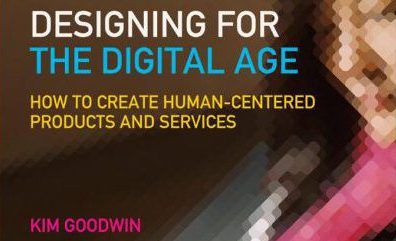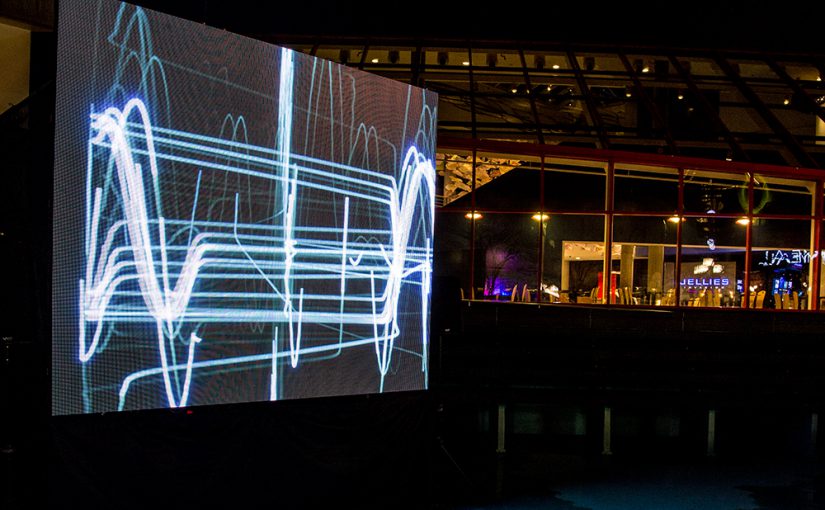Diary of behaviour
Day 1 – Create a diary of when, why and what you use your mobile device for. Observe how others are using their mobile devices. What are the most common uses and where do you see these behaviours?
- Wake up in the morning, the first thing I do is to reach for my phone to see the timing, and decide whether to snooze for another 5 mins or wake up.
- yeah, of course, I decided to snooze. But not just for 5 but 30 minutes.
- Wake up again, look at my phone again and it’s time to get up.
- After going tidying myself up, I took out my phone to message a friend to arrange our meet up – we planned to go for a pottery workshop together.
- After arriving at the pottery studio, I rarely used my phone because I was very focused on the hands-on work. The pottery instructor told us that we could use our phone to play some music, then I took out my phone and played my playlist.
- After lunch, I went back to my hall and spent the whole afternoon staring at the computer.
- The most used software and websites include Adobe Illustrator, Google Chrome, Youtube, and Spotify,
- While using the computer, I check my phone occasionally to see messages.
- At night, I used my computer to watch some shows.
- Before going to bed, I lied on the bed and played games for quite awhile until I fall asleep.
Day 2 – Do not use your phone, computer or electronic device for 24 hours. Create a diary documenting and describing the difference in your behavior patterns. How did you do the things you would normally do with your phone? What other alternative behaviors did you develop? What else did you notice about the difference in behavior?
- Since I decide the day to not use electronic devices, I realized that I need to do planning on the previous day. The plan was to go to Art Friend to buy art materials and go to the supermarket to shop for groceries.
- I checked out the closing time for Art Friend during weekend and transportation methods on the previous day.
- The day that I would spend away from my phone had arrived. In the morning while I was home, everything was alright.
- In the afternoon, I left the house. I usually checked my phone for bus timing before going out to wait for the bus. This time, I had to go out without checking for bus arrival time. Ended up waiting for quite a long while for the bus – since it is the weekend.
- On the bus, I cannot use my phone to listen to music, so I ended up practicing my whistling on the empty bus (I do not actually know how to whistle, so I didn’t actually make any sound, it was just a way to kill the boredom.)
- On the train, since I cannot do anything else, I started observing people’s facial expression and sitting posture, doing quick figure sketches with my brain, while carefully avoided having eye contact. The time actually passed quite fast.
- After shopping, I got caught up in the peak hour on the train, and I was carrying a big piece of cardboard so that I could not move much, let alone take out my phone.
- When I got back home, I realized I forgot to buy something that’s on my grocery list – that is on my phone.
Findings from the two-day experiment
I realized that I can be away from electronic devices for a long time as long as I am doing something I like and can focus on. Otherwise, I need my handphone by my side almost all the time. Also, I get distracted quite easily by my phone when I’m doing homework.
Electronic devices brought about a lot of convenience. For example, I use E – Calendar to plan my schedules, “Wunderlist” to remind myself the things I need to do and buy. Without it would give me so many troubles. Or at least it will take a long time to adapt to a new habit.
But at the same time, our phones take too much of our attention, obstruct us from seeing what is around us. I find out that people including myself are so afraid of ‘boredom’, that we constantly find things to do, to kill time. Smartphones are the most accessible and convenient ways to ‘find things to do’.
It does not hurt to take a break and do nothing for awhile. You might even be able to find a new interest/hobby from there.

